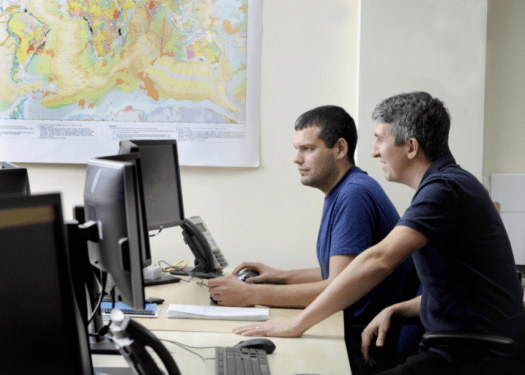Ahead of our migration of the Scottish Enterprise website to our new design system, the User Experience (UX) team wanted to make some improvements to the information architecture of the site.
First of all, what do we mean by information architecture?
Information architecture, or IA, can mean different things to different people. To some it’s the sitemap, to others it’s the main navigation, to others something more abstract.
According to the UX experts at Nielsen Norman, information architecture is both a noun and a verb, referring to both:
“The practice of deciding how to organize and maintain your content, what the relationships are between each piece of content, and how content is visibly displayed on your website’s navigation”
and also
“The website’s structure, its organization, and the nomenclature of its navigation elements. The website’s IA refers to how information is organized, structured, and presented on that website.”
Continue reading “Card sorting to improve information architecture “






